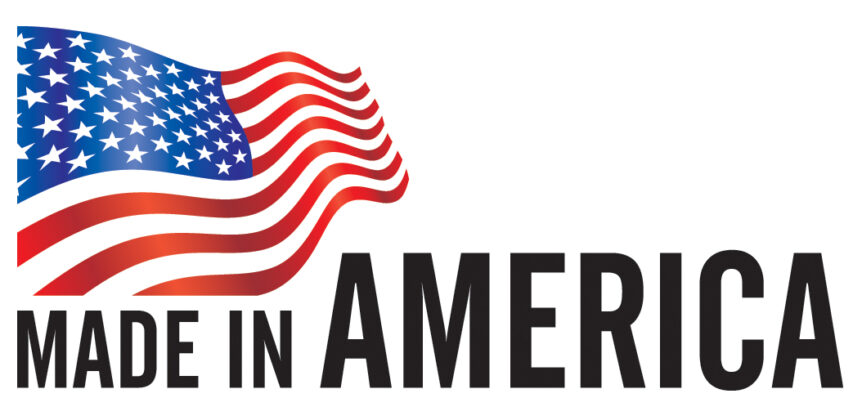Is it time to reshore your manufacturing? Here’s what to consider.
Over the past five years, supply chains have been stressed like never before. Starting with the global pandemic in 2020, a string of global incidents has left companies feeling defenseless and wondering about the next disruption—and, more importantly, how bad it will be for business. Does this sound familiar? Let’s start by considering how we got here.
Outsourcing and Offshoring
Since the 1970s and 1980s, U.S. manufacturers have leveraged the significant cost reductions associated with outsourcing manufacturing to places where labor rates are low and capacity seems limitless. Given the persistent supply chain challenges of the past five years and the uncertainty ahead, it’s now time to consider reshoring manufacturing.
Reshoring has been a key focus at The Rubber Group for quite some time. As a manufacturer of rubber products, we’ve experienced the effects of ongoing supply chain disruptions. Through it all, we’ve come to understand the real value of reshoring. Based on our experience and what we’ve learned, here are some things to consider.
Total Cost of Ownership: The Hidden Price Tag
It’s a fact: labor rates are higher in the United States than in many other manufacturing hubs. It’s also true that producing a part outside of U.S. is often less expensive. However, what these facts overlook is the journey that parts take after they’re made. A better way to evaluate the true cost of a manufactured product is by considering its total cost of ownership (TCO).
What is TCO? It includes everything that’s involved in producing and selling a part, including manufacturing, shipping, quality control, and overhead. Using a part that’s made overseas as an example, let’s take a closer look at some of the savings that can be realized by reshoring manufacturing back to the U.S.
The Real Cost of Global Logistics
After a part is made, it’s typically loaded onto a boat—or in some cases, a plane—and transported across an ocean before it even enters America’s ground transportation network. Once that part arrives, depending on its country of origin, as much as 145% of the part’s cost could be added in the form of tariffs.
At this point, the cost of the part has more than doubled—and it still hasn’t been received by the customer. By shifting manufacturing back to the U.S., businesses can eliminate long-distance shipping costs and avoid tariffs. This leads to a cost savings that is not immediately apparent in the piece price.
Quality Control: Higher Standards, Fewer Headaches
When a batch of parts is received, it typically undergoes some form of inspection, which is also known as quality control. This critically important process ensures that each part is structurally, dimensionally, and aesthetically sound. It confirms that wherever the part is headed—whether it’s a larger assembly, another business, or even a consumer—the part will fit and function as intended.
Once inspection is complete, the acceptable parts are kept and any failed parts are either reworked or scrapped. The United States has an excellent reputation for quality, as demonstrated by standards such as ISO 9001 and other industry-specific certifications, including AS9100D. It’s also why the tagline “Made in America” is synonymous with high-quality, long-lasting products.
Conversely, many countries that are known for low-cost manufacturing are associated with lower quality production. As a result, when a batch of parts arrives from one of these low-cost hubs, there is often a higher percentage of non-conforming parts, which leads to significant rework costs. Because of the high-quality standards in the U.S., reshoring manufacturing typically results in a noticeable decrease in rework costs—savings that are not visible in the piece price alone.
Reduce Overhead with a Strong Supply Chain
Finally, once a part has passed inspection, it’s moved into inventory, where it remains until it’s ready to be used. With all the uncertainty surrounding global supply chains, it has become increasingly common to stock larger inventories, especially when parts are sourced from overseas. But is this practice truly worth it?
Higher stocking levels bring peace of mind, but they also lead to increased overhead. When you factor in the extra square footage, additional resources to manage the inventory, and the potential for part obsolescence, the costs can quickly add up. All this results from a vulnerable supply chain that starts overseas.
A simple way to avoid these problems is to reshore manufacturing and start your supply chain in the U.S. When production begins domestically, many supply chain issues can be avoided. In turn, businesses that enjoy a greater level of certainty can maintain lower part inventories, which effectively reduces overhead.
Reshore with The Rubber Group
When you consider the benefits, it’s easy to see that a localized supply chain is a strong supply chain. If you’re thinking about strengthening your supply chain for molded rubber products, The Rubber Group is here to help! Contact us with any of your reshoring needs. We’ll be happy to help in any way that we can.

